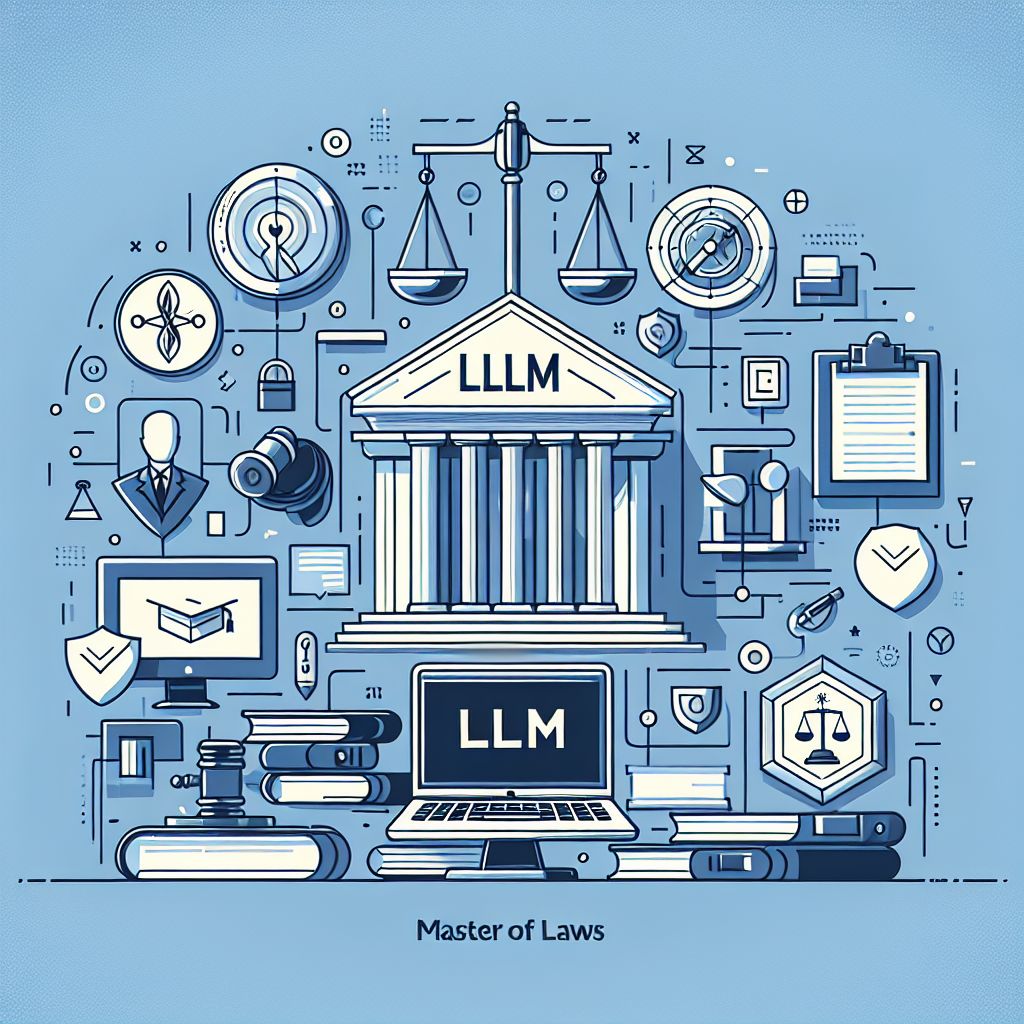Exploring LLM Prompt Examples Like a Pro
Have you ever found yourself scratching your head over how to create effective LLM prompt examples? You’re not alone. Crafting prompts that yield meaningful results is both an art and a science. But here’s the thing: with the right approach, you can unlock the full potential of language learning models (LLMs) and enhance your AI interactions. Are you ready to dive into the world of LLM prompts? In this article, we’ll explore various examples, why they matter, and how you can create your own to get the best responses from LLMs.
What Are LLM Prompts, and Why Are They Important?

Understanding LLM prompts starts with knowing what language learning models themselves are. LLMs are AI systems designed to understand and generate human-like text based on input prompts. These prompts are essentially the questions or statements you provide to guide the AI’s response. But why are they so important? Well, the input you give directly influences the output you receive. A well-crafted prompt can yield insightful, creative, and accurate responses, while a poorly constructed one might lead to confusion or irrelevant answers.
The Evolution of LLMs
To fully appreciate the significance of LLM prompt examples, let’s take a brief journey through the evolution of language models. It all began with simple rule-based systems, which then evolved into statistical models. With the advent of machine learning, models became more sophisticated, leading to the development of neural networks. Today, we have advanced models like GPT-3 and its successors, capable of understanding context and generating human-like text. This evolution underscores the importance of precise and well-thought-out prompts, as modern LLMs are more capable of nuanced understanding, making them invaluable tools across various industries.
Crafting Effective LLM prompts: Tips and Tricks
Now that we’ve established what LLM prompts are, let’s discuss how to create them effectively. Crafting the right prompt involves a mix of creativity and precision. Here’s where it gets interesting: the more specific and clear your prompt, the better the response from the LLM. Think of it like giving directions; the clearer the instructions, the better the journey.
Step-by-Step Guide to Creating LLM prompts
- Define Your Objective: What do you aim to achieve with the AI’s response? Having a clear goal helps shape your prompt. For instance, if your objective is to get a summary of a news article, your prompt should clearly state that.
- Use Clear and Concise Language: Avoid ambiguity. A prompt like “Explain climate change” is too broad. Instead, specify, “Explain the impact of climate change on polar bears.” This specificity directs the AI to focus on a particular aspect, yielding more targeted and relevant information.
- Incorporate Context: Provide background information if necessary. For example, “In the context of renewable energy, discuss the benefits of solar power.” This helps the AI to tailor its response within the given framework.
- Experiment and Iterate: Don’t be afraid to tweak your prompts. Try different phrasings and see how the AI’s responses change. This iterative process can help you discover what phrasing works best for the information you need.
Real-World Examples of LLM Prompts

Let’s explore some real-world examples of LLM prompts to better understand how they function. These examples illustrate the variety and flexibility of prompts you can use:
- Storytelling prompt: “Write a short story about a dragon who wants to become a chef.” This prompt invites creativity and narrative skills from the LLM. By setting a specific scenario, the AI can generate a cohesive and engaging story.
- Instructional Prompt: “List the steps to bake a chocolate cake.” This type of prompt is straightforward and informative, perfect for generating process-oriented content.
- Explanatory Prompt: “Explain Einstein’s theory of relativity in simple terms.” Here, the LLM is tasked with breaking down complex concepts into understandable chunks, demonstrating its capability to simplify sophisticated ideas.
Case Studies: Success Stories with LLM Prompts
In my experience, seeing how others have successfully used LLM prompts can be incredibly enlightening. Let’s look at a couple of case studies where organizations have harnessed the power of LLMs through effective prompts.
Case Study 1: Enhancing Customer Support
A tech company utilized LLMs to improve their customer support system. By crafting prompts that addressed specific customer queries, such as “How do I reset my password in the app?”, they were able to provide instant, accurate responses. This not only improved customer satisfaction but also reduced the workload on human support staff. This case illustrates how specificity in prompts can streamline processes and enhance user experience.
Case Study 2: Creative Content Generation
A marketing agency leveraged LLMs to generate creative content for their clients. They used prompts like “Create a catchy slogan for a new eco-friendly water bottle.” The AI-generated ideas were then refined by human creatives, resulting in innovative campaigns that resonated with audiences. This synergy between human creativity and AI efficiency highlights the potential of LLMs in creative industries.
Challenges and Limitations of LLM Prompts

While LLMs offer immense potential, there are certain challenges and limitations to keep in mind. You might be thinking, what could go wrong? Let’s explore some common pitfalls.
Common Challenges
- Ambiguity: Vague prompts can lead to equally vague responses. It’s crucial to be as specific as possible to guide the AI effectively.
- Bias: LLMs can inadvertently reflect biases present in the data they were trained on. This is why ethical considerations are vital when crafting prompts. Awareness and careful crafting can mitigate these issues.
- Complexity: Overly complex prompts might confuse the AI, resulting in nonsensical outputs. Keeping prompts simple and direct is often more effective.
Overcoming Limitations
So, how do you overcome these hurdles? Here’s my take: thorough testing and continuous refinement are key. By testing different prompts and analyzing the responses, you can fine-tune your approach to minimize issues. Additionally, staying informed about the latest advancements in AI can provide new insights and strategies for prompt optimization. Collaborating with AI experts and participating in AI forums can also offer valuable feedback and new perspectives.
The Future of LLM Prompts
Looking ahead, the future of LLM prompts is bright and full of potential. As AI technology continues to advance, we can expect even more sophisticated interactions and applications. Imagine this: a world where AI not only understands your prompts but also anticipates your needs and offers proactive solutions.
With ongoing research and development, LLMs are becoming more adept at understanding nuances and context, which will further enhance their utility across various fields. Whether it’s improving education, healthcare, or entertainment, the possibilities are endless. And who knows, the next breakthrough in AI might just be a prompt away! Future trends may include AI systems capable of self-refinement, reducing bias, and understanding emotional cues, making interactions even more intuitive and human-like.





